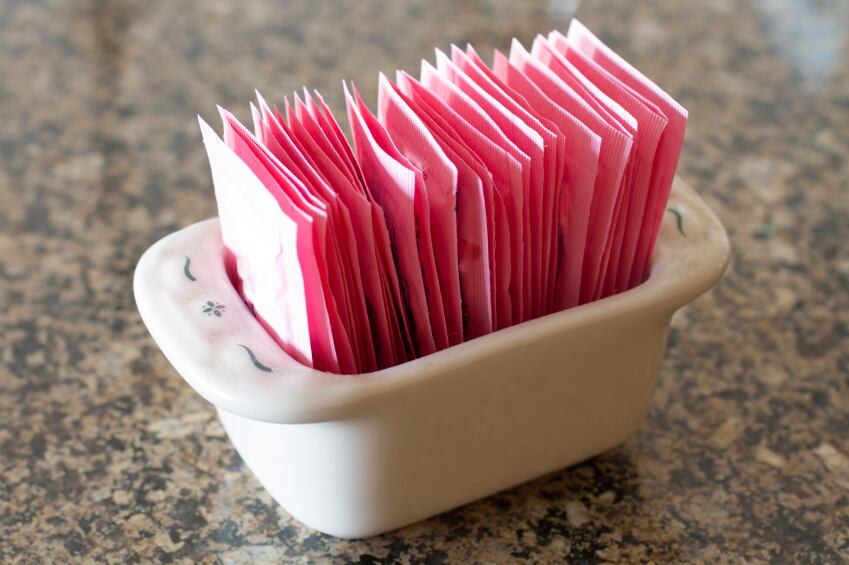Counterfeit and adulterated products using cheaper, artificial sweeteners have been popping up on the market, particularly in South America, the team wrote in the journal Vibrational Spectroscopy.
It is feared falsified stevia could pose health risks to consumers.
“Due to the increasing popularity of stevia during the last years, counterfeit products have been making their way into the market,” said Paul Vargas Jentzsch, tema leader at the Ecuadorian Agency for Quality Assurance in Agriculture.
“The results show that Raman spectroscopy can successfully be used to detect counterfeit stevia and underline its high potential for the detection of food adulteration.”
The zero calorie sweetener is natural and suitable for diabetics, leading to its runaway popularity since 2011's EU approval. Food giants such as Coke, Danone and Unilever have added to the snowball effect, adopting the ingredient in several products.
Study results
Raman spectroscopy uses a laser light source to provide information about the way molecules vibrate. Molecules emit unique vibrations like a finger print, allowing for identification.
Six commercial stevia products were measured in the study – five purchased in Bolivia and one in Germany. The results were compared to raman spectra of stevia’s main components (stevioside and rebaudioside A) and those of artificial sweeteners sodium cyclamate and sodium saccharin.
Of the Bolivian products, three were found to be counterfeit and another was rich in maltodextrin, though this was a declared component. Maltodextrin is commonly used as a bulking agent with stevia to make for easy measurements.
No issues were found with the authenticity of the other Bolivian product and the German stevia.
“Raman spectroscopy was capable of detecting contents as low as 5% of sodium cyclamate during measurements of stevia-sodium cyclamate mixtures,” the team said.
Technologies using raman techniques tend to be handheld and instantaneous whereas traditionally employed chromatographic methods need special facility and skilled operators. This is believed to be the first time the technique has been tried out as a stevia counterfeit detection method, the researchers added.
Health risk debate

There is some debate over the potential risks of artificial sweeteners, with some researchers arguing they are harmless and others highlighting potential links to health issues such as impeding glucose control and increasing babies’ obesity risk.
Nevertheless, using an artificial sweetener and passing it off as stevia is not accepted. The Bolivian institute of Health issued a national alert after discovering counterfeit stevia products, claiming it could put public health at risk.
"The problem is rife in many other South American countries," Jentzsch and his team wrote.
“During the last months, many press articles have warned the population of the commercialisation of counterfeit stevia, since the consumption of such products can put in risk the health of the consumers. It is clear that the adulteration or falsification of stevia in other continents cannot be ruled out either.”
Source: Vibrational Spectroscopy
Published online ahead of print, DOI: 10.1016/j.vibspec.2016.01.015
“Detection of counterfeit stevia products using a handheld Raman spectrometer”
Authors: Paul Vargas Jentzscha, Sonia Torrico-Vallejosc, Sonia Mendieta-Britoc, Luis A. Ramosa, Valerian Ciobotăd
